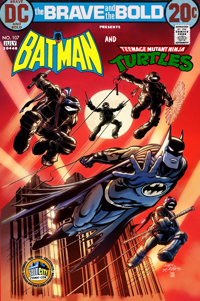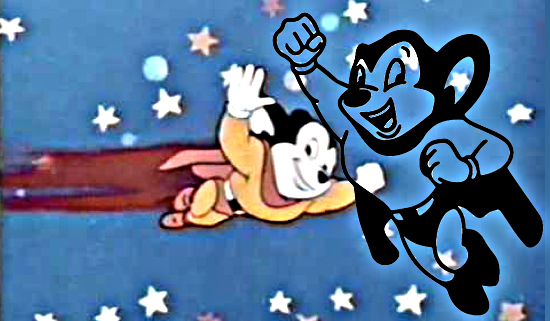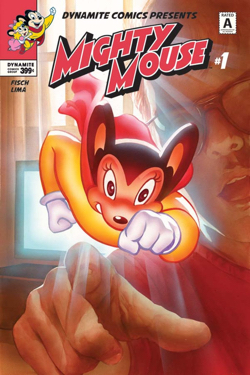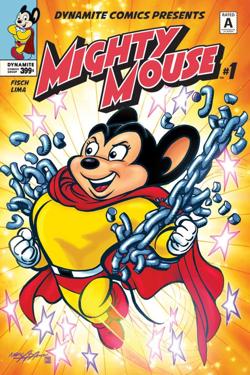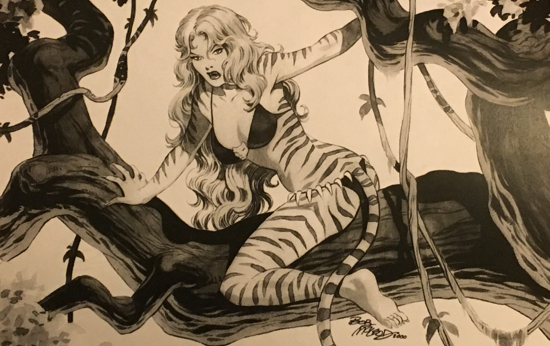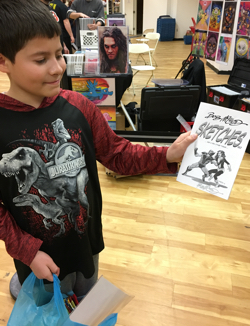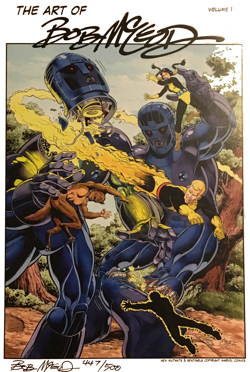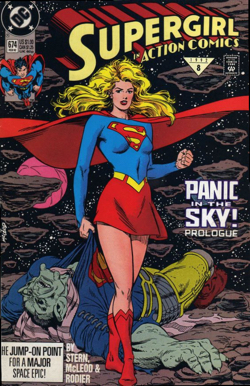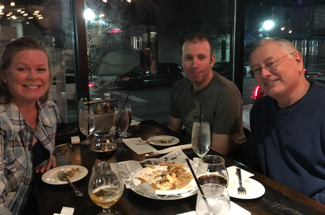Michael Davis: The Terrible Art of Walt Simonson, Neal Adams & Frank Miller
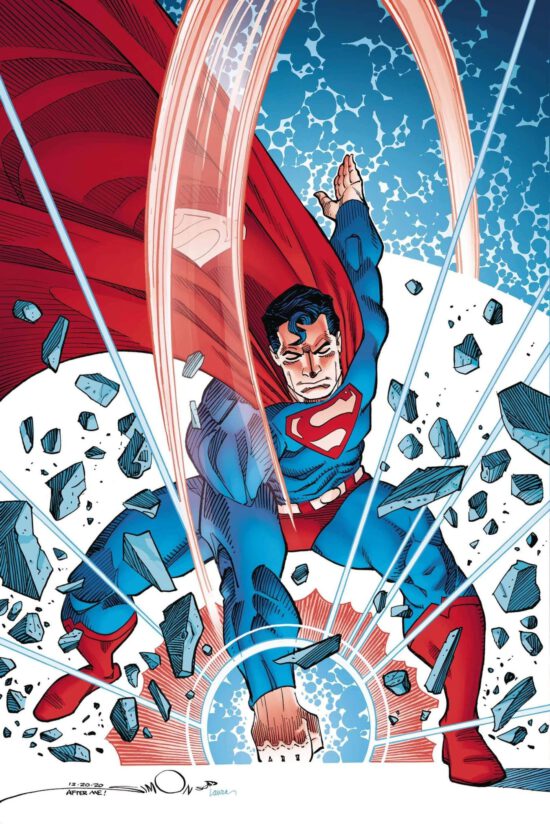
Simonson like Neal adams was great in his day, but clearly cuz of old age, the hands are probably much more worn and weary. Not like frank Miller who was ALWays a terrible artist, who just became unbearable
Walt Simonson posted the above tweet on both his Twitter and Facebook pages.
I asked my old friend for the Twitter account of the writer. Walt, the cool mofo that he is, got a laugh out of the post but didn’t give me the info cause he’s a classy guy.
I could not let that comment stand. I had to respond. Why? The kids are why. Back when lions, tigers, and bears were the spirit animals of America, that post wouldn’t have mattered.
Those spirit animals have been replaced by sheep. Not the kind of sheep some men seek out when their eyesight is failing, and the palms of their hands look like furry mittens.
The kind of sheep I’m talking about believe anything. A riot was an ordinary tourist day, bleach will heal you, and Obama killed Kennedy at 5 years old before returning to his home in Africa and job as a pimp.
There’s no hope for those sheep, but maybe, just maybe, we can save their kids.
ComicMix is OK with outing the person who posted the tweet. I, like Walt, will take the high road and address said person as ‘Twit’ and proceed with my response as planned.
Dear Twit,
I read your post calling Walt Simonson, Frank Miller, and Neal Adams ‘terrible artists.’ Walt and Neal, because of their age, and according to you Frank, always sucked.
Those artists, along with Howard Chaykin, Bill Sienkiewicz, Denys Cowan, Jay Muth, Kent Williams, Dave McKean, and other ‘old’ creators are doing the best work of their careers NOW.
Their careers changed the game in comics and then some.
You are welcome to give your opinion. However, you write as if your opinion was a fact. Er, nope. The facts are that the artists you think are terrible operate at a level so high you most likely can’t see it. Yes , that level is high, but it’s also clear. So clear Ray Charles, who was blind and is dead, could see it.
Each artist I mention is a friend. Howard and I butt heads every ten years or so, but his work is always on good terms with me.
Speaking of Mr. Chaykin…
If you’re reading this, Howard, I owe you an apology.
I reacted to words attributed to you. I didn’t take my own advice, which was to reach out and see if there was a problem or if you even said it. I’ve written a zillion articles on character assignation through hearsay.
It’s a dick hater move.
I was a dick but never a hater, so once again, my apologies.
Now back to Twit.
That aside to Howard gave me pause to think. Perhaps Twit, I owe you an apology also. I’ve done what you did.
I said a famous aging artist, “Really sucked.”
I said this at an exhibit that was a retrospective of his entire career. This guy was big time. His early work I loved. His early drawings were so realistic, almost like a photo. As he got older, he obviously stopped using reference and drew from his head. His storytelling was all over the place.
His inked stuff was pretty good but didn’t do much of that as he aged. His color work looked like it was painted in one color. By the end of the exhibit, I hated this guy’s art. So , me being me, when asked what I thought of his work, said, “His early stuff was cool, I liked the ink stuff but everything else, “really sucked.’
The place was packed, and everyone who heard me began laughing. I felt pretty good until my cousin, who took me to the exhibition, explained people were laughing at me, not with me. “He still sucks,” I said.
“Grow up,” he said.
Twit, Once again, an aside has given me pause to think. Nope, no apology. I found out soon enough how wrong I was about the artist. His name was Picasso , and I did need to grow up. I was 11.
Simonson and company are the Picassos of the comics industry, Twit.
Grow up.

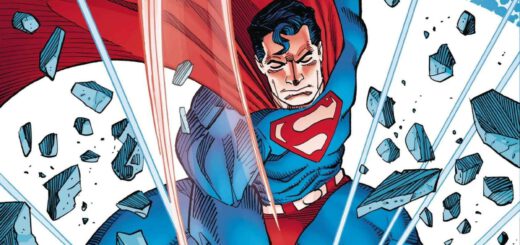
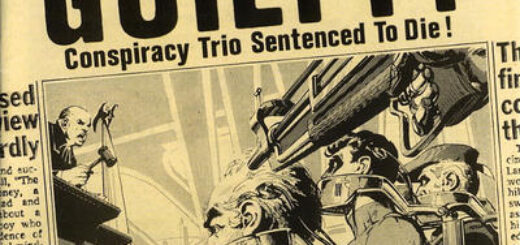
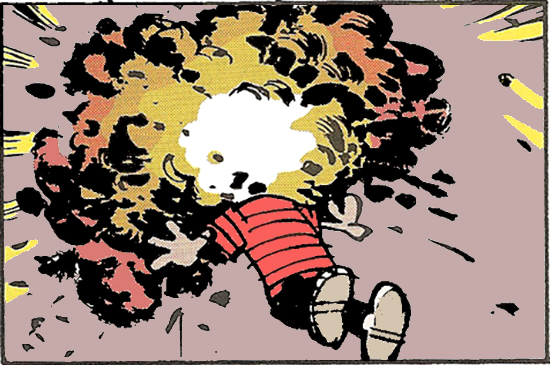

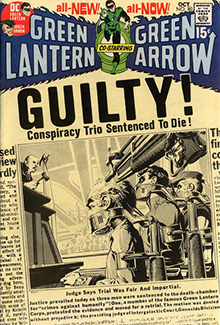
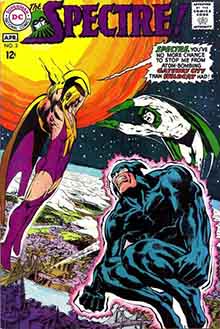
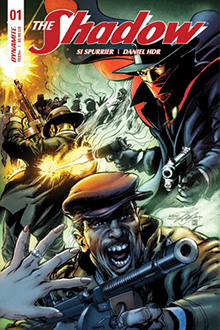
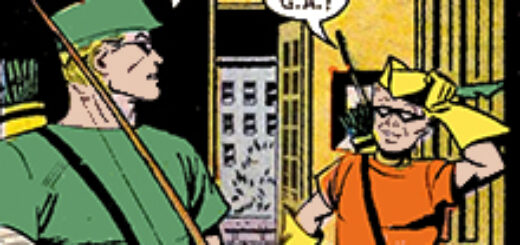
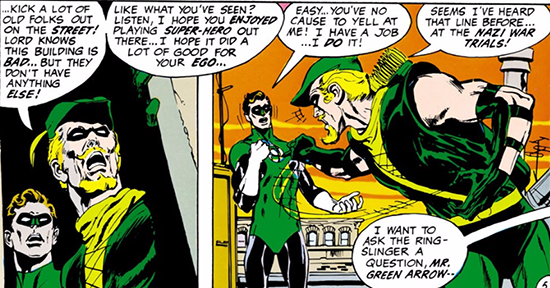
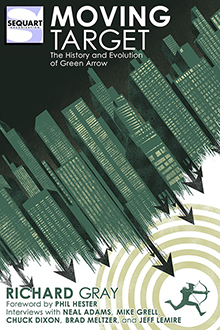
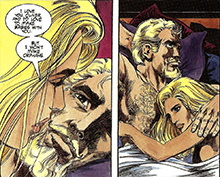
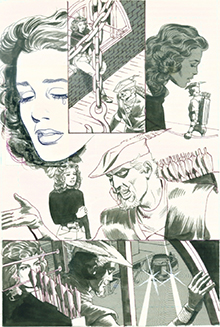
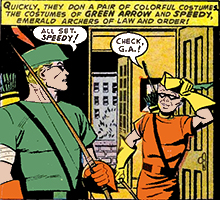
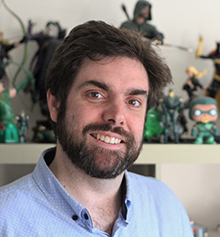
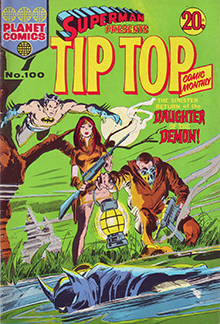
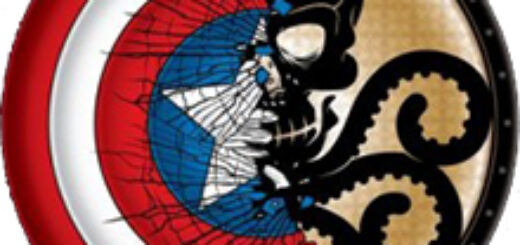
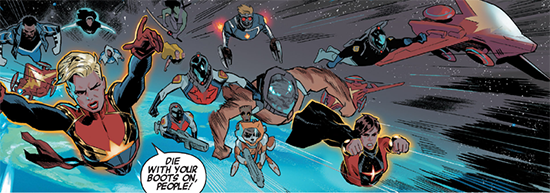
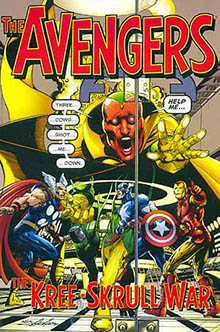
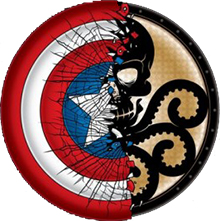
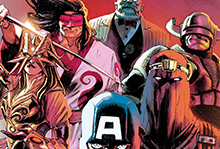

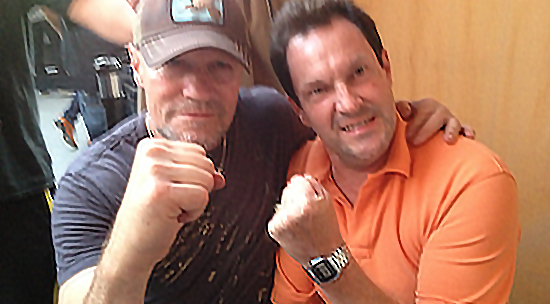
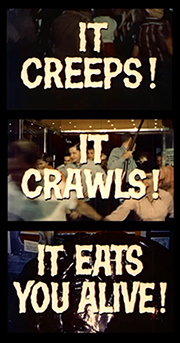
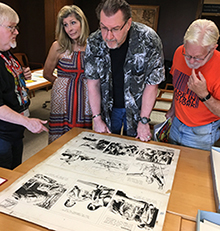
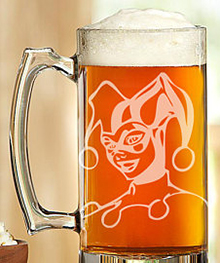
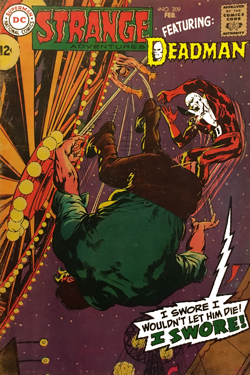
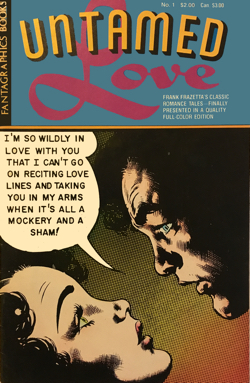
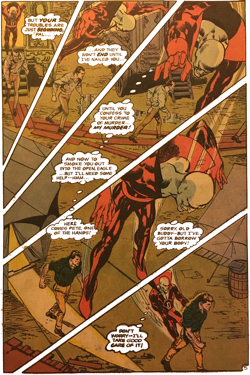

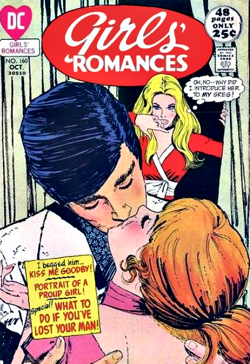
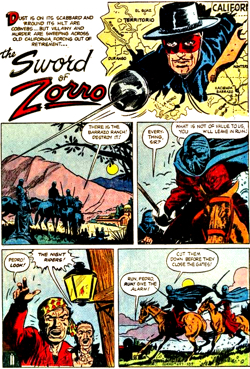
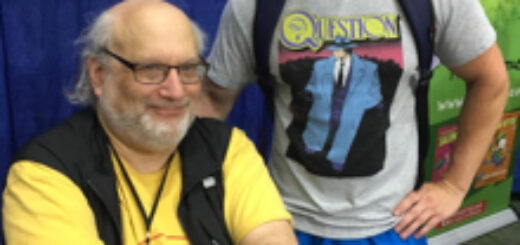
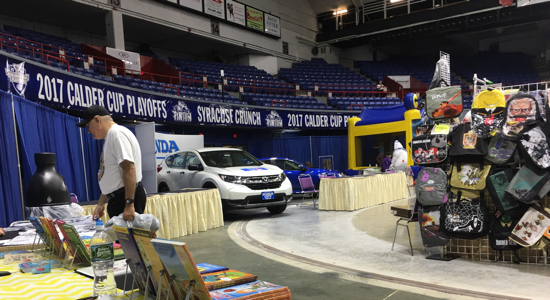
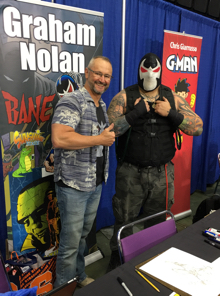
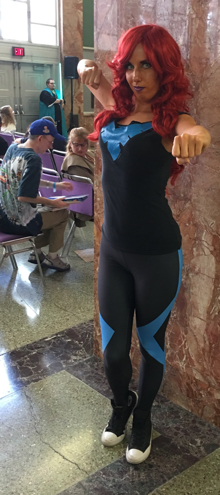
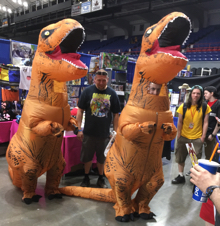
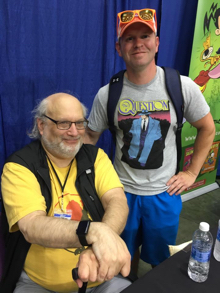
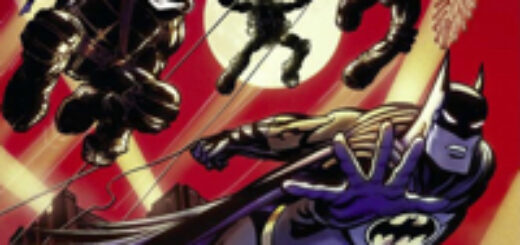
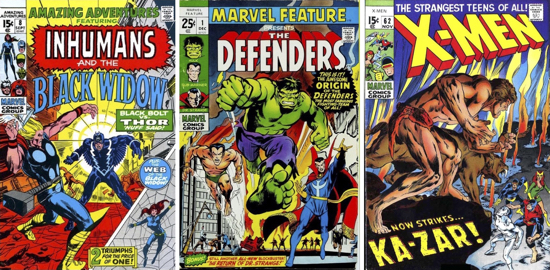
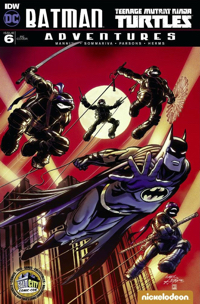
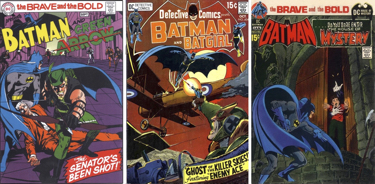 The more I thought about it, though, this was fun because it wasn’t really a Batman cover. This was going to be, essentially, a Brave and the Bold cover. B&B, as we called it back in the day, was a long-running comic series showcasing Batman with all his super hero pals. It was always an engaging read and was a strong seller for DC as well.
The more I thought about it, though, this was fun because it wasn’t really a Batman cover. This was going to be, essentially, a Brave and the Bold cover. B&B, as we called it back in the day, was a long-running comic series showcasing Batman with all his super hero pals. It was always an engaging read and was a strong seller for DC as well.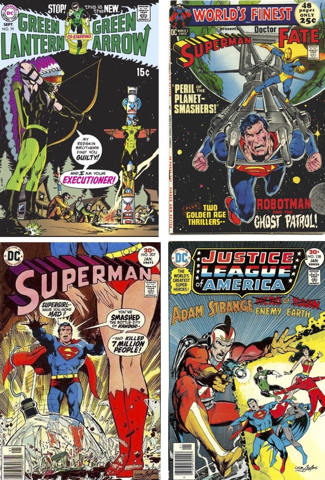
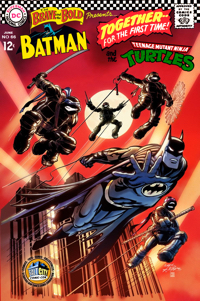 70s?” My Captain Action business partner, Joe Ahearn, brought my ideas to life with a faux Brave and the Bold 60s cover:
70s?” My Captain Action business partner, Joe Ahearn, brought my ideas to life with a faux Brave and the Bold 60s cover: